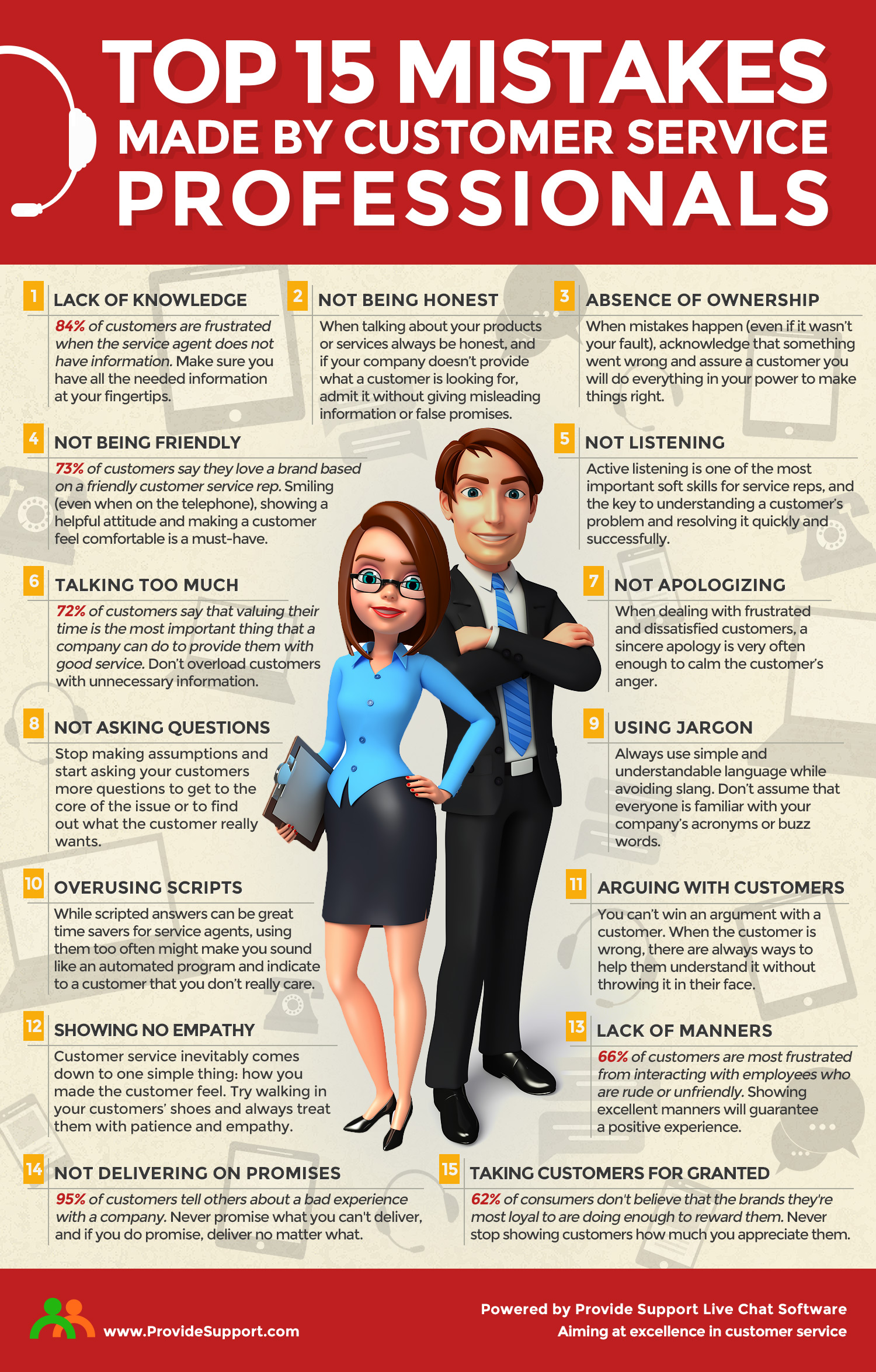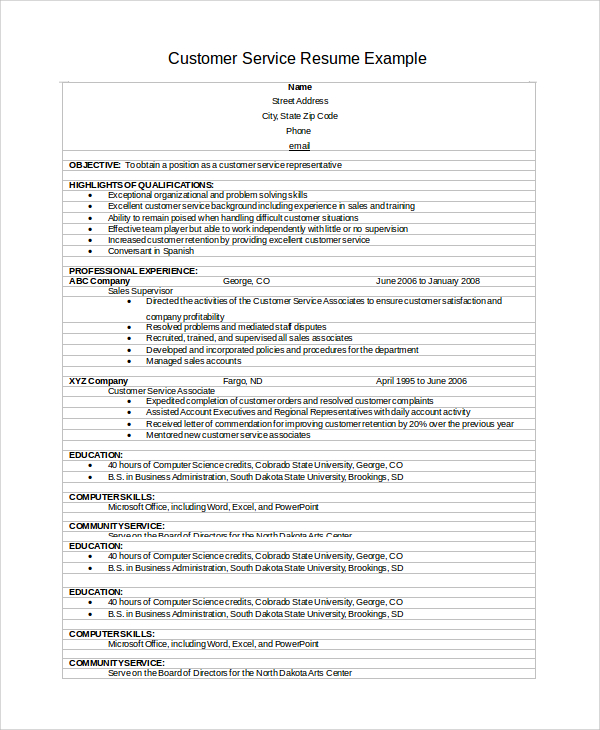

According to Gartner research, by 2025, 40% of customer service organizations will become profit centers by implementing digital customer engagement. In Gartner’s analysis, proactive engagement with customers on digital platforms is a key strategy to increase loyalty and serves as an opportunity.


The focus will be on improving relationships with a proactive approach that enhances interaction and communication with customers. The future of customer service lies in a transition from ‘cost centers’ that resolve issues to profit centers that increase revenue by generating upsells. Prediction 3: Customer service will shift from ‘cost centers’ to ‘profit centers’ The key takeaway is the critical need to ensure the delivery of high-quality, effective service, and the need to track and measure performance of contact agents that represent the company’s product. A recent Gartner report predicts that by 2025, customers will pay a freelance expert to address 75% of their service needs. Strategic planning must consider the switch to multiple channels. Gartner predicts that over the next five years, customer service will transition to mainly freelance or “flex” workers to handle requests. People seeking additional income in remote work without long-term obligations will enable contact centers to leverage the ability of gig economy agents. A recent survey by Aberdeen of 307 contact center leaders revealed a significant surge in remote work capabilities – a whopping 52% as of June 2020, and that is expected to increase through 2021. This trend is led by increasing remote work capabilities, people seeking new employment opportunities, and customers preferring alternate channels. In fact, the IDC predicts that by 2023, enterprises that excel at delivering empathy and safety at scale will outperform those that don’t by 40 percent! Prediction 2: Gig economy will transform the traditional customer service modelĪnalysts agree that the gig economy, meaning part-time or flexible employees and other external customer support agents – will disrupt traditional service into the foreseeable future. Consumers are frustrated and anxious, facing COVID-19-related health, safety, and financial concerns that impact their needs and expectations.Īnalysts foresee that customers will value and remain loyal to organizations that prioritize and deliver what they need most – sensitivity to the shifting emotions and concerns that influence decision-making and behavior.

According to Forrester, organizations should recognize the importance of understanding what customers need physically and emotionally, to provide more empathetic support and experience. The coronavirus pandemic has highlighted the need to take into consideration the customers’ state of mind. More empathetic support is a critical trajectory for customer service in 2021. Customer service trends: Top predictions for 2021 Prediction 1: Empathy will be a core element in CX We may not have a crystal ball – but we can take a look at five key customer service trends that leading analyst firms agree on. Backed by insights and perspectives following a year of crisis, analyst firms will play a significant post-pandemic role in helping organizations to navigate the new reality.


 0 kommentar(er)
0 kommentar(er)
